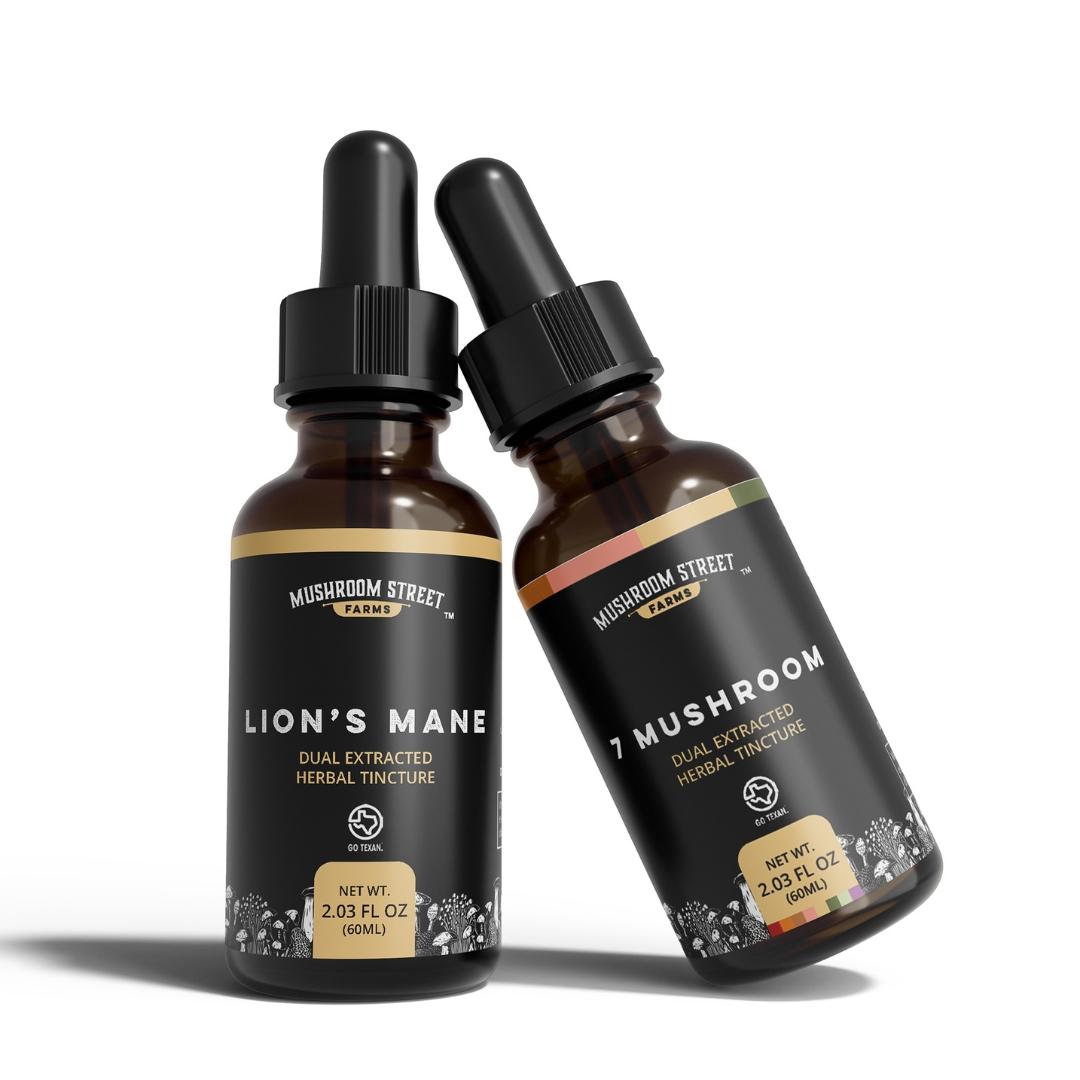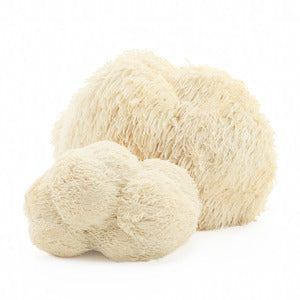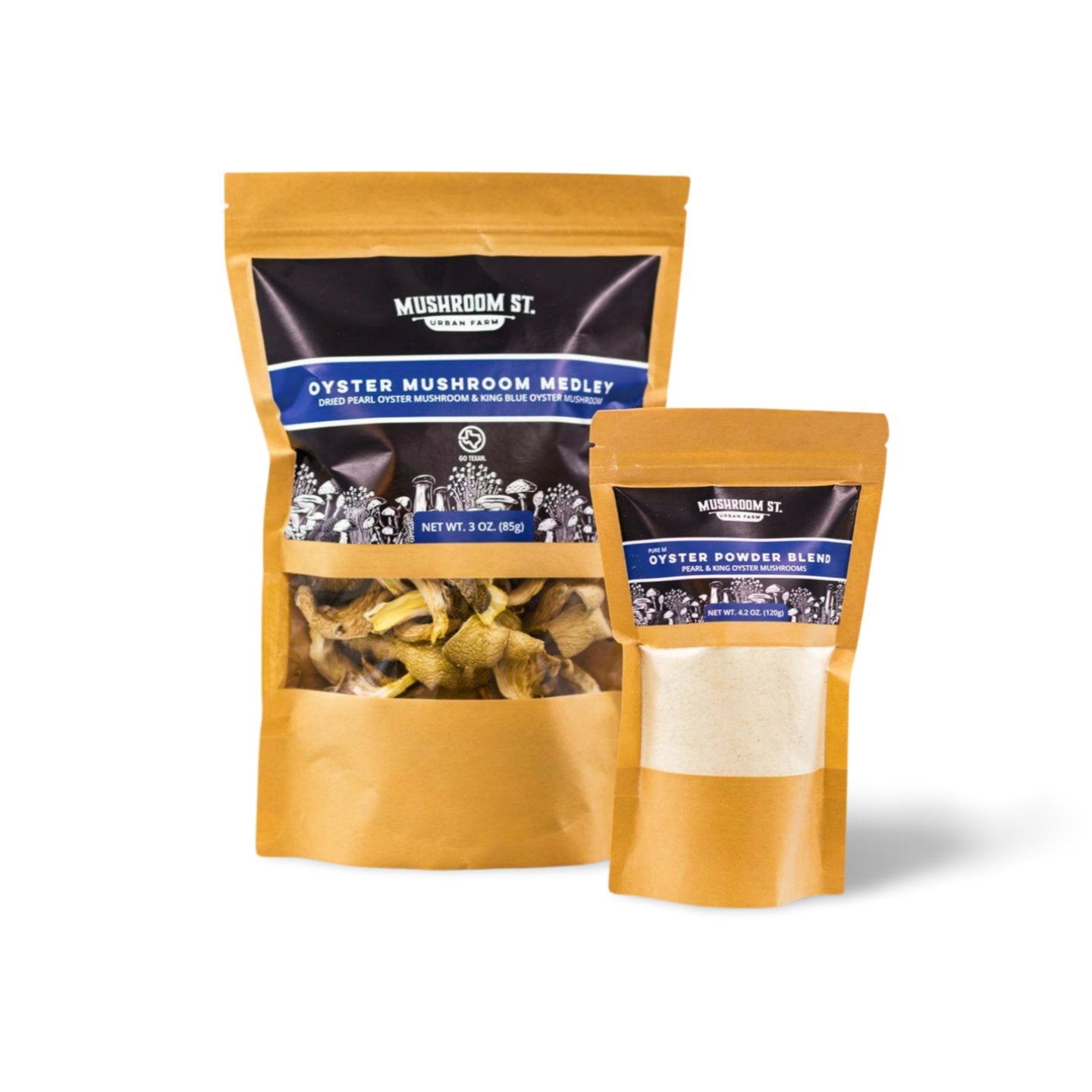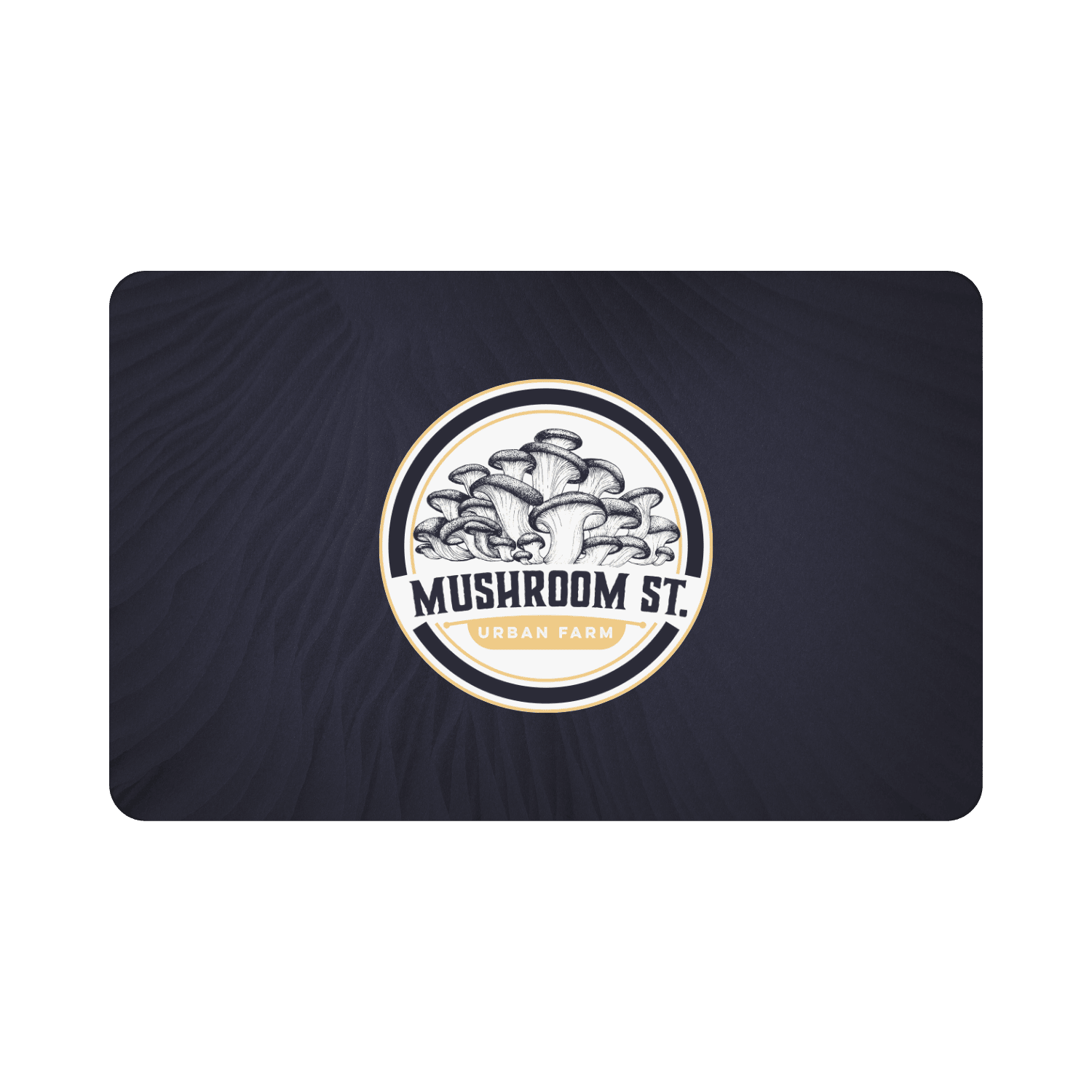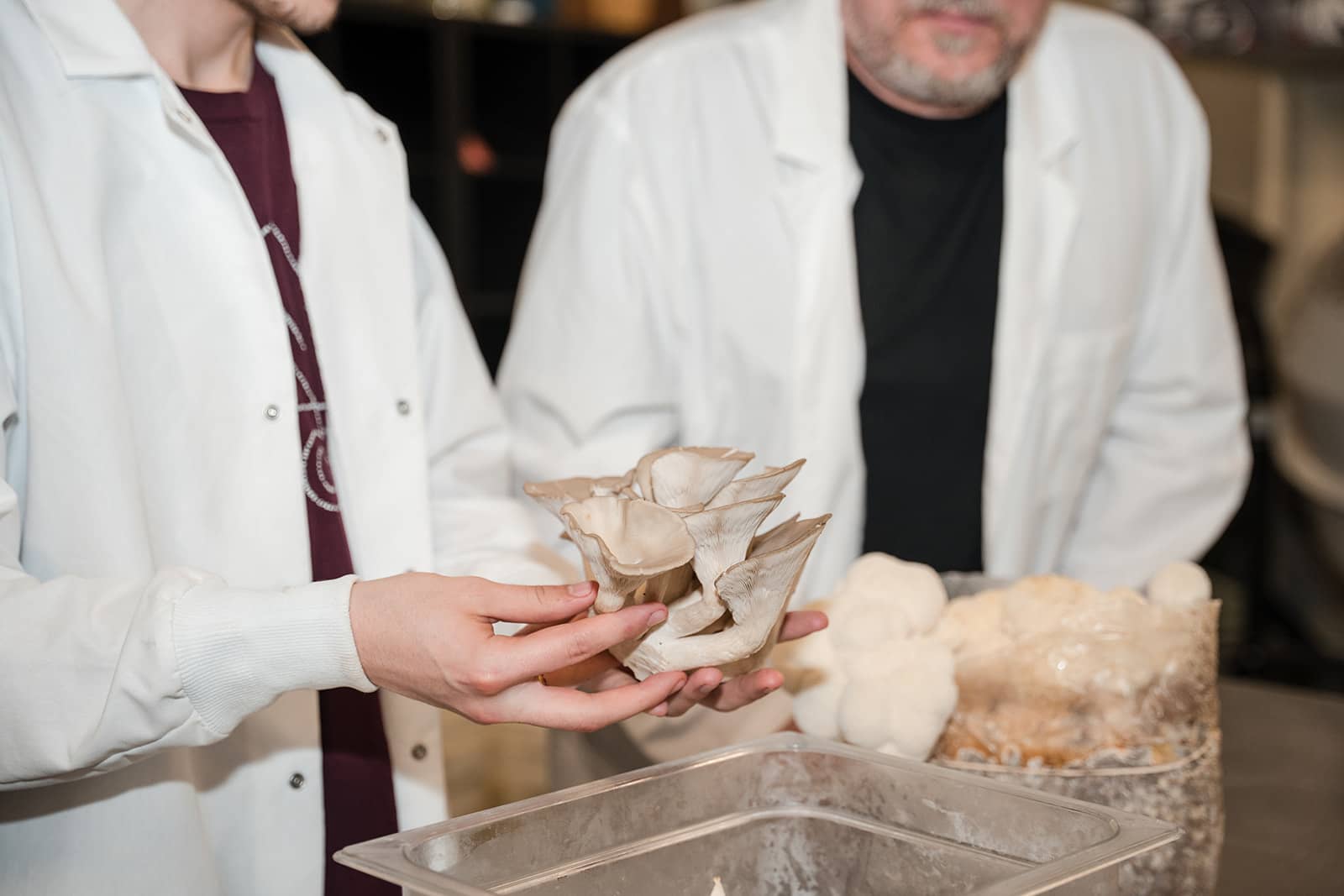

Mushroom Cultivation at Home
Table of Contents
- Introduction
- What Are Spent Mushroom Blocks?
- The Role of Saprotrophic Fungi
- Ways to Reuse Spent Mushroom Blocks
- Things to Look Out For
Introduction
Looking for ways to extend the life of your mushroom-growing materials? Spent mushroom blocks, the byproduct of mushroom cultivation, are still full of potential! Whether you want to grow another flush, enrich your garden soil, or repurpose them for further cultivation, these blocks can be incredibly useful.
What Are Spent Mushroom Blocks?
Spent mushroom blocks are the residual materials left behind after mushroom harvesting. They typically contain:
- Mycelium – the root-like structure of fungi.
- Sawdust – a common substrate for mushroom growth.
- Soy Hulls – a nutrient-rich component aiding in fungal development.
Although they have been used for an initial mushroom flush, they can still be valuable in several ways.

The Role of Saprotrophic Fungi
Saprotrophic fungi, like many cultivated mushrooms, play a crucial role in decomposition and soil health. They:
- Decompose dead organic matter and recycle nutrients back into the ecosystem.
- Release enzymes that break down complex materials like lignin and cellulose.
These natural processes make spent mushroom blocks excellent for further cultivation or soil enrichment.
Ways to Reuse Spent Mushroom Blocks
1. Laundry Basket Grow
Reusing spent blocks for another round of mushroom growth is a simple and effective method.
What You’ll Need:
- A plastic laundry basket with holes
- Spent mushroom blocks
- Fresh growing medium (e.g., straw, sawdust)
- Plastic bag or wrap for humidity
Steps:
- Break up the spent blocks into small pieces.
- Layer the pieces with fresh growing medium inside the basket.
- Cover the basket with a plastic bag to maintain humidity.
- Place in a shady, cool area and mist regularly.
With the right conditions, you may see a new mushroom flush developing.
2. Add to the Garden
Spent mushroom blocks are rich in nutrients and organic matter, making them a valuable addition to your garden.
Why Add to the Garden?
- Enhances soil fertility
- Boosts microbial activity
- Aids in moisture retention
Steps:
- Break the blocks into small chunks.
- Mix with compost or add directly to garden soil.
- Use as mulch around plants.
- Ensure the mycelium is covered with mulch to protect it.
Over time, the mycelium will continue decomposing organic material and enriching the soil.
3. Grow Another Flush
Even after an initial harvest, spent blocks often still have the potential for another mushroom flush.
How to Get Another Flush:
- Submerge the block in water for 12-24 hours to rehydrate.
- Place it in a humid environment (a clear bin with some airflow works well).
- Mist regularly and keep in a cool, dark area.
- Watch for new mushroom growth within 7-14 days.
Things to Look Out For
While reusing spent mushroom blocks, keep an eye out for potential issues such as bright-colored powdery molds, which may indicate contamination. If mold appears, consider composting the block instead of attempting further cultivation.
Visit Us!
Looking for more mushroom-growing tips or high-quality growing supplies? Stop by our locations:
- Deep Ellum Store - 2929 Elm Street, Dallas, TX 75226
- Arlington Farm - 8001 Valcasi Drive, STE 101, Arlington, TX 76001
Explore the endless possibilities of mushroom cultivation at home and discover how spent mushroom blocks can continue to provide value long after the first harvest!





